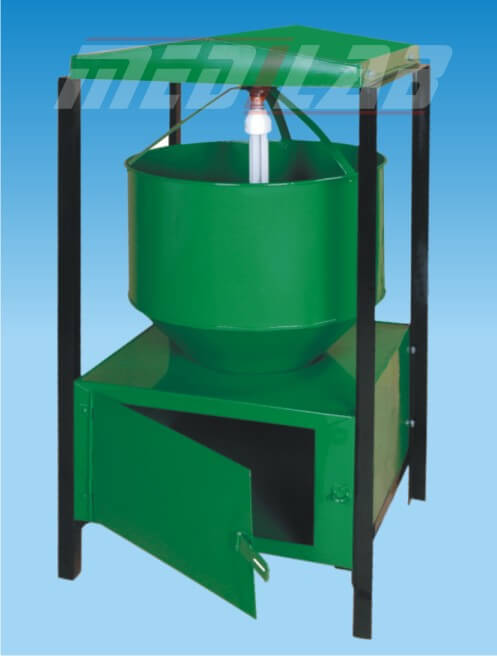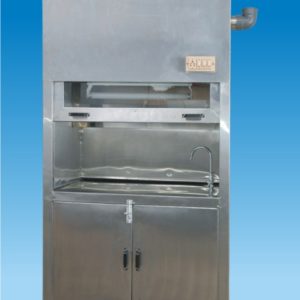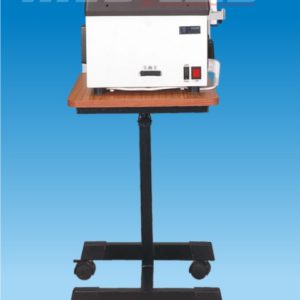Description
An insect light trap is a device that uses light to attract and trap flying insects, such as moths, flies, mosquitoes, and beetles. The trap typically consists of a light source, a collection chamber, and a mechanism for trapping and disposing of the insects.
Insect light traps work by emitting ultraviolet light, which is attractive to many flying insects. As the insects fly towards the light, they become trapped in the collection chamber, which is often lined with sticky tape or coated with a non-toxic insecticide. Some insect light traps also use a fan or suction device to draw the insects into the collection chamber.
Insect light traps are commonly used in a variety of settings, including homes, businesses, and outdoor areas, such as parks and campgrounds. They are particularly effective in controlling populations of nuisance insects, such as mosquitoes and flies, and can be used as part of an integrated pest management program.
In addition to their practical uses, insect light traps are also used by researchers and entomologists to study insect populations and behavior. By collecting and analyzing the trapped insects, researchers can gain insights into the distribution and abundance of different insect species.
Why Choose Us?
MEDILAB is your trusted bulk supplier of high-quality insect light traps. We cater to a global market, offering our innovative products to customers worldwide. Whether you are in need of small quantities or large-scale orders, we have the capacity to meet your requirements efficiently. Our commitment to excellence ensures that you receive superior products designed for optimal performance. For inquiries, pricing, and shipping details, please contact us today. Experience the MEDILAB difference in insect control solutions.







